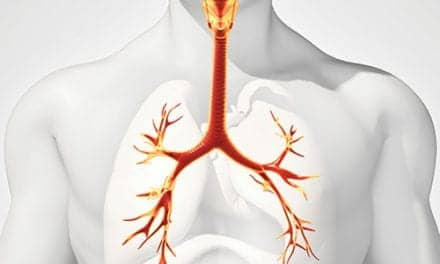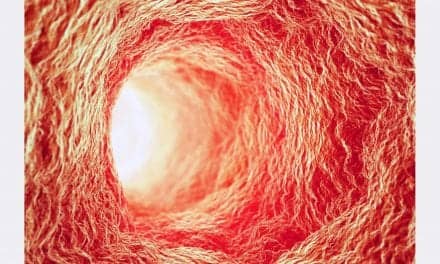There is a strong relationship between prolonged, low-level radon exposure and lung cancer, indicating a need for enhanced protection measures, according to a study led by the University of California, Irvine.
Radon gas in the air decays into tiny radioactive particles, and can damage lung cells and lead to cancer, researchers warned. The study was published recently in the online journal Environmental Health Perspectives.
“Mining operations today tend to involve lower exposures than in the past, but our study shows that these lower exposures still increase a person’s lung cancer risk. Reducing radon exposure in our workplaces and homes remains an important way to reduce lung cancer,” said David B. Richardson, PhD, corresponding author, UCI Program in Public Health associate dean of research and professor of environmental and occupational health.
Miners historically have had among the highest levels of workplace radon exposure, but the team also noted a wide variety of other workplaces where radon presents significant hazards, including subways, tunnels, utility service ducts, underground parking garages, phosphate fertilizer plants, and oil refineries. Residential settings also pose a threat. Concentrations are typically low but can vary widely, depending on geology, building construction, ventilation and heating.
Unlike prior studies that relied heavily upon information that was collected when radon exposures were high and poorly estimated, the international team focused on contemporary miners working in Canada, the Czech Republic, France, Germany and the U.S. Their findings show that the risk of lung cancer increases with low-level radon exposures, and particularly impacts the risk of lung cancer among young adults.
“Our study underscores the need for better protections and sets a strong foundation to build a new generation of models for developing estimates on the risk of lung cancer after low-level radon exposure, which is the primary contemporary concern,” Richardson said.










